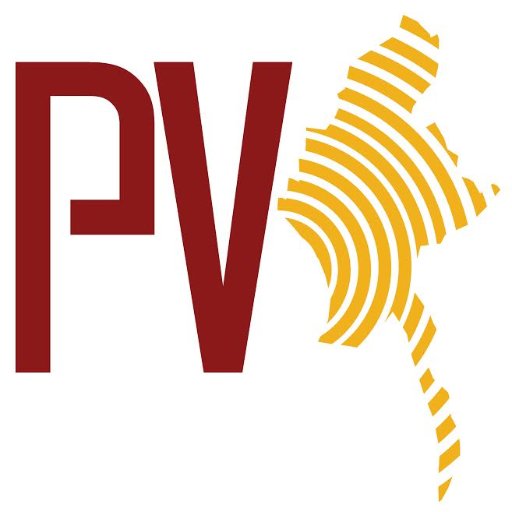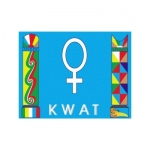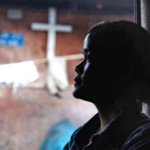Progressive Voice | July 12, 2018
Executive Summary
Freedom of assembly is an essential part of a democratic system, allowing citizens to express themselves and defend human rights collectively, and to raise public awareness about important issues and pressure governments to act. Myanmar has a long history of peaceful assemblies, including peaceful protests,1 speaking up for democracy and basic human rights – and a long history of government and military crackdowns on those peaceful assemblies, most famously the 1988 crackdown on the nationwide pro-democracy protests led by youth during the decades-long military dictatorship. Recently, peaceful protests were held by youth in Myitkyina and Yangon in response to the urgent humanitarian needs of internally-displaced persons (IDPs) in Kachin State and to the continuing civil war. These protests, and the official response to them, have demonstrated that the mindset of the Myanmar Government, including police and military, has not changed from one of limiting and controlling peaceful assemblies. Instead, at least 47 young activists have been charged for their role in peaceful protests, most under the Peaceful Assembly and Peaceful Procession Law (PAPPL), which still has vague and repressive provisions that enable police and local authorities to act in an arbitrary and controlling manner.
This briefing paper covers two main aspects of the recent peaceful protests and the official response to them. First, it analyses the shortcomings in the PAPPL that are used to prevent and repress peaceful assemblies and to charge organizers with criminal offenses, and which allow biased and arbitrary enforcement. These shortcomings can be seen in three main categories. First, the amendments in 2016 to change the PAPPL from requiring official permission to hold an assembly to requiring prior notification of a planned assembly may seem positive, but the requirements for what information the notification must include are overly strict, and the requirement to give notification 48 hours before any assembly does not allow for spontaneous assemblies. Furthermore, a provision giving local authorities the power to make rules about assemblies relevant to their local condition opens a backdoor that local authorities can use to effectively reinstitute the need for permission or impose additional restrictions on assemblies. The second issue in the PAPPL and its enforcement is that it continues a regime that assumes peaceful assemblies must be closely controlled and monitored, instead of actively facilitated and protected, and these measures of control significantly restrict the space for freedom of assembly, placing participants in peaceful assemblies at risk from retaliation such as from violent counter-protesters. Finally, aspects of the law and its enforcement allow police and local government officials to restrict the rights to freedom of assembly based on the content of the planned assembly, and to target individuals in an arbitrary manner when making arrests.
The second issue examined in this paper is the additional discrimination and harassment faced by female human rights defenders and activists. Many of the organizers of the recent protests in Myitkyina and Yangon were young women. These young women experienced discrimination and harassment every step of the way, including from the police when they submitted required notification through when they were arrested and charged; from ultra-nationalists in person and on social media; and at times from their colleagues in civil society. Women were not taken seriously as leaders, were pressured and threatened to cancel the protest, and were subject to personal harassment and attacks in person and on social media in ways that were specific to the experience of women. Nevertheless, they persisted in their efforts to organize some of the most high-profile protests in Myanmar in recent years.






